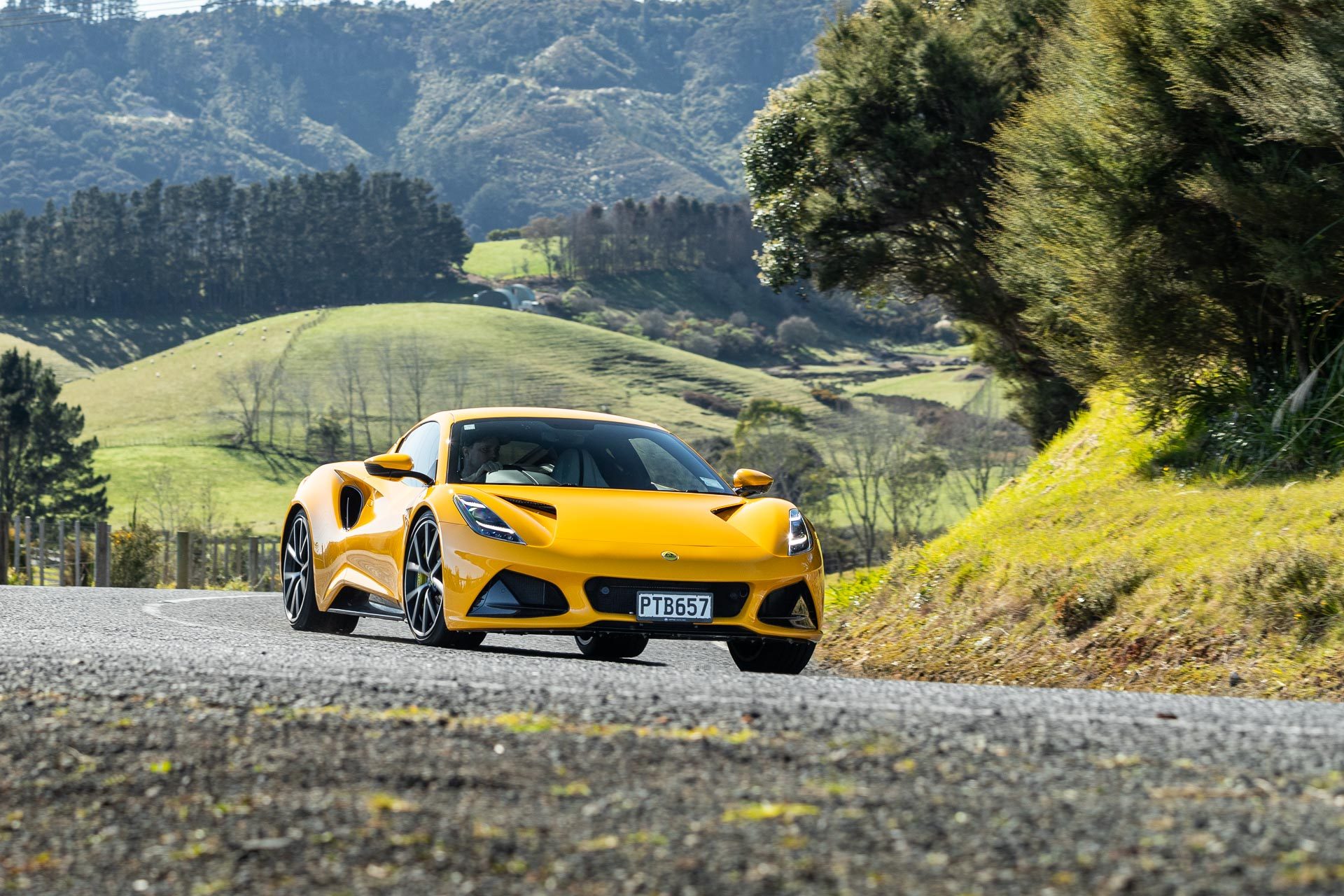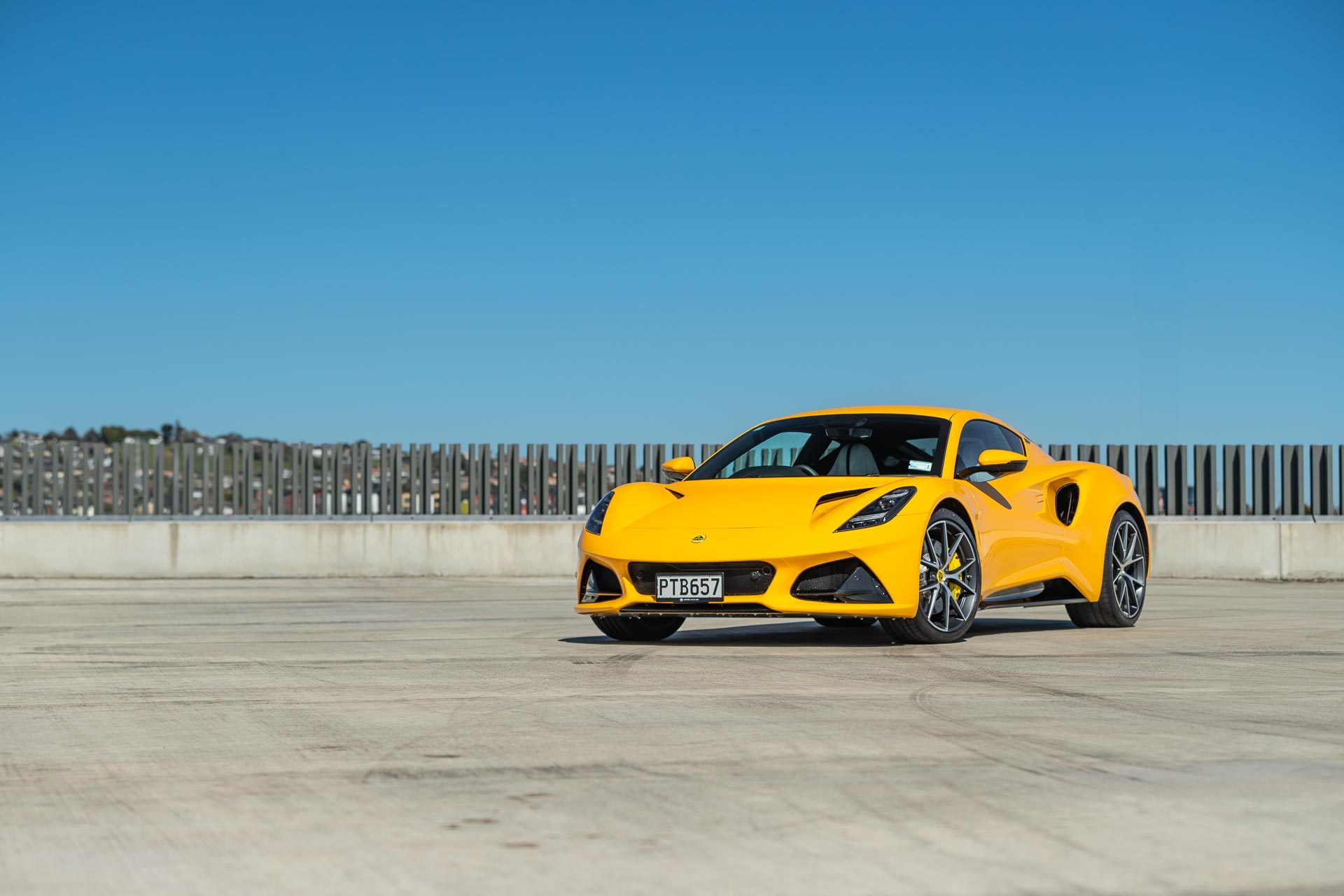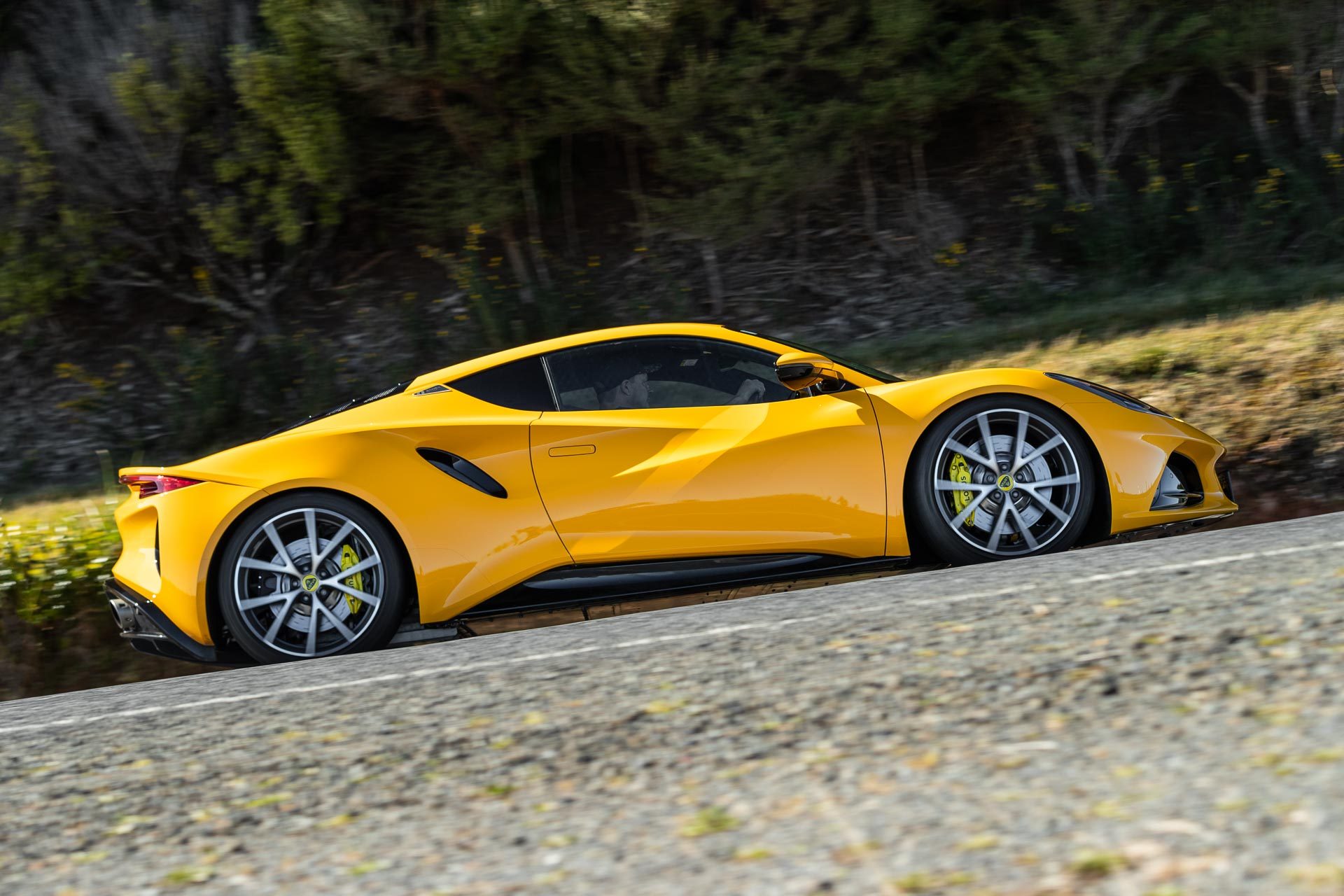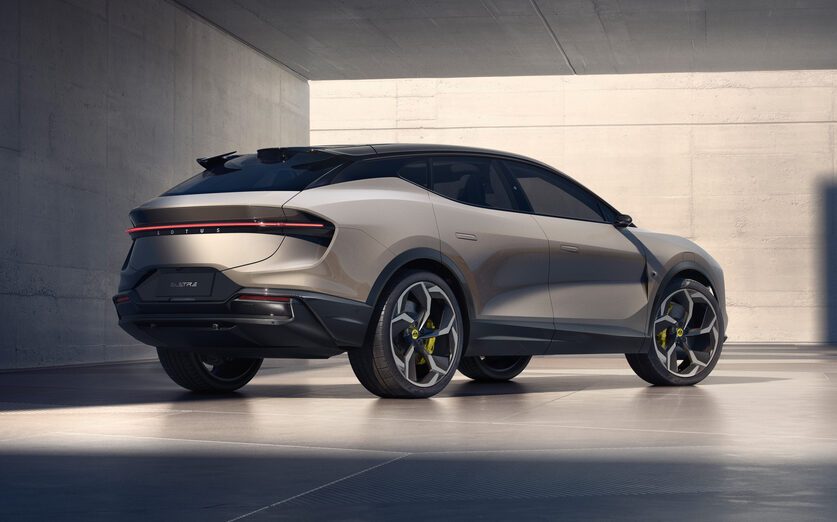Feature article
Best Lotus Car Models in NZ: Buying Guide
Lotus, the British sports car maker once famous for its Formula 1 grand prix winners.
26 March 2024
Lotus, the British sports car maker once famous for its Formula 1 grand prix winners, has had a chequered history with various owners since founder, Colin Chapman, died. It's been controlled by General Motors (hence the Isuzu Big Horn with handling by Lotus), an Italian entrepreneur and a big multinational Malaysian company under the guise of Proton. Currently Lotus is owned by Geely, the large Chinese automotive conglomerate.
There are three distinct parts to the Lotus business. Lotus cars is the spiritual homeland, and still based in Hethel, England and there's Lotus Engineering also in the UK. Lotus Tech is the firm’s newest division, responsible for its electric lifestyle vehicles and this is headquartered in Wuhan, China.
This is where Lotus is heading with a planned all-electric future. It still has a sports car for sale however, called the Emira. This is a Lotus in the traditional sense, it being a mid-engined, two-seater all sleek and low. But sitting across from it in the showroom is the gargantuan Eletre, an all electric SUV.
And in the not so distant future there will be the Lotus Emeya. Another battery powered weapon, this is more of a Lotus in the fact that it's lower to the ground, a grand tourer with a five-door lift back body style. It will deliver up to 675kW of power from its twin motor set out.
Lotus Emira - The last real Lotus?
Think of the Emira as a mid-engine, gas-burning swan song for its sportscar lineage. It has a development of the firm’s well-used aluminium chassis and you can have it with a supercharged V6 and a manual gearbox (or an auto if you need one) or you can opt for a four-cylinder turbo model.
It looks like a mini supercar with lots of curves and air apertures, and it has a mini supercar price tag too at $190k. The four cylinder model is a little cheaper at $177,990, which comes standard with an eight-speed dual-clutch transmission.
You can choose what kind of chassis setup you want. There’s Sport which comes with firm suspension for track work but you should opt for Tour, which has a softer setup optimised for the road. No adaptive dampers are offered or any digitally-enhanced dynamic hardware.
Inside there are a few modern conveniences, even a bit of breathing space for passengers and a semblance of a boot behind the V6.
It's a great car to drive. The steering lets you know about every surface change below the front wheels and it takes little encouragement for Elmira to change directions.
This Lotus might not be as refined and developed as the 718 Porsche Cayman, but it delivers a very mechanical experience, it’s a car you need to drive properly.
Read the Lotus Emira review
View listings on Trade Me Motors: Lotus Emira
Does lotus make an SUV?
It does now, and it’s called the Eletre. This is what Lotus humbly dubs the world's first electric hyper SUV.
It's available in two guises; the S with 450kW of power and a 600km range starts from $265,000. And then there is R at $315,000 with 675kW of power and 490km of range.
Those are just the starting prices however. You can add the extended carbon pack to the R for a further $24k and upgrade the 22s to a set of 23s for another $9000. While it comes with a set of regular old Pirelli PZero tyres, you should add the sportier Corsa hoops for another $1500. And you might as well throw the carbon ceramic brakes in as well, complete with 10 piston calipers, for another $31,000.
Inside you can add a personal touch with a gold leather interior (that's another $12,000) and upgrade to the Executive seat pack, adding a four-seater layout for another $13k.
You’ll also need the more advanced cruise control system, the Highway Assist Pack adding a further $3,800
And then you've got yourself a $410,000 Lotus SUV.
View listings on Trade Me Motors: Lotus Eletre
Author






